
When examining a still-developing exoplanet in a distant star system, a team of astronomers uncovered a mismatch between the gases in the planet's atmosphere and those within the disk.
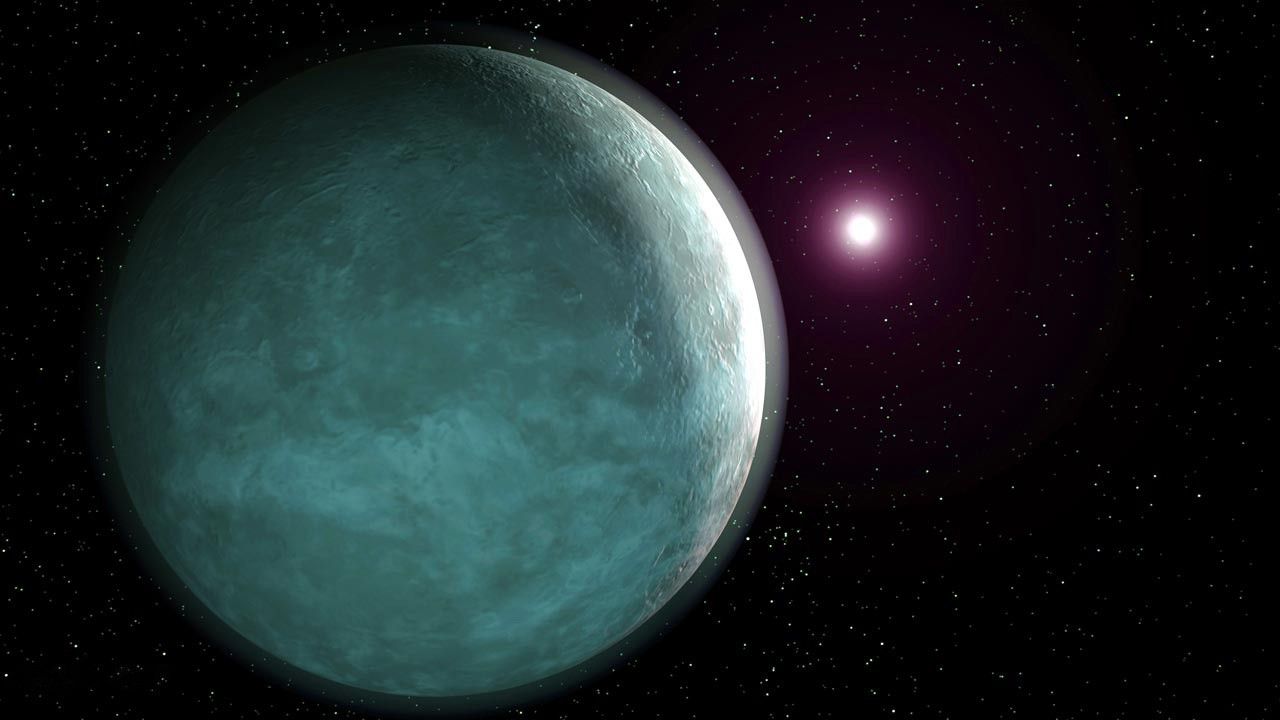
An unusual planetary system with three known ultra-low density "super-puff" planets has at least one more planet.
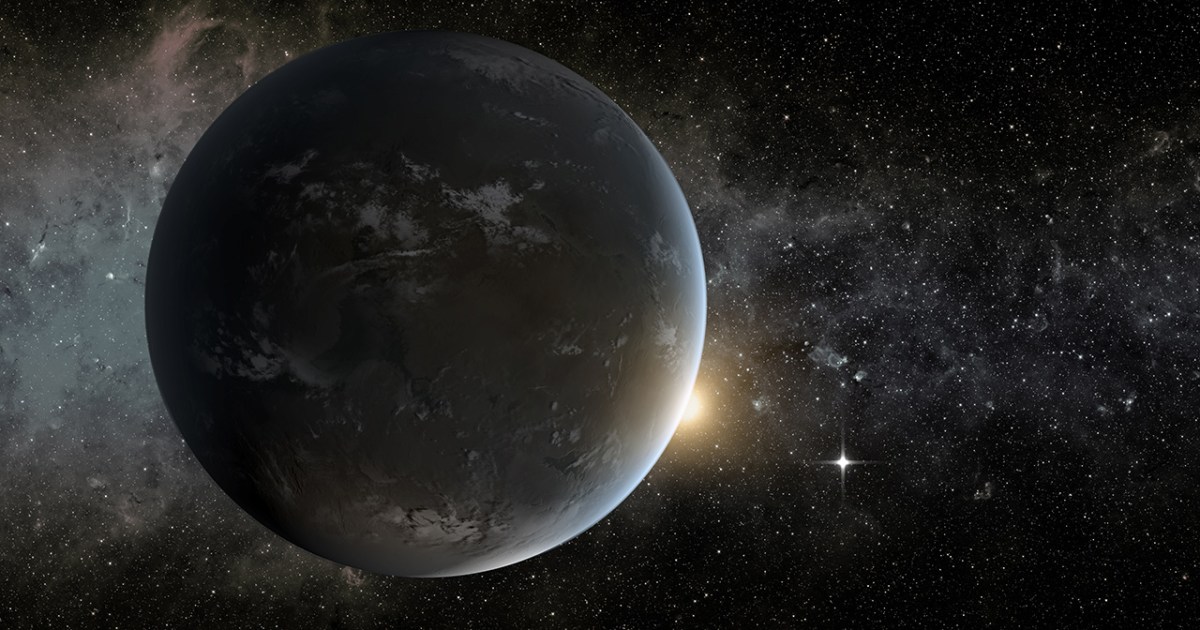
Data from 2023 soured hopes that a nearby exoplanet had a habitable atmosphere. That disappointment might have been premature.

A still-forming planet has been detected early in its birth process, thanks to what may have been a chance encounter with a passing star that flipped part of the obscuring disk out of the way, exposing the baby planet.

In recent years, astronomers have developed techniques to measure the metal content of stars with extreme accuracy.
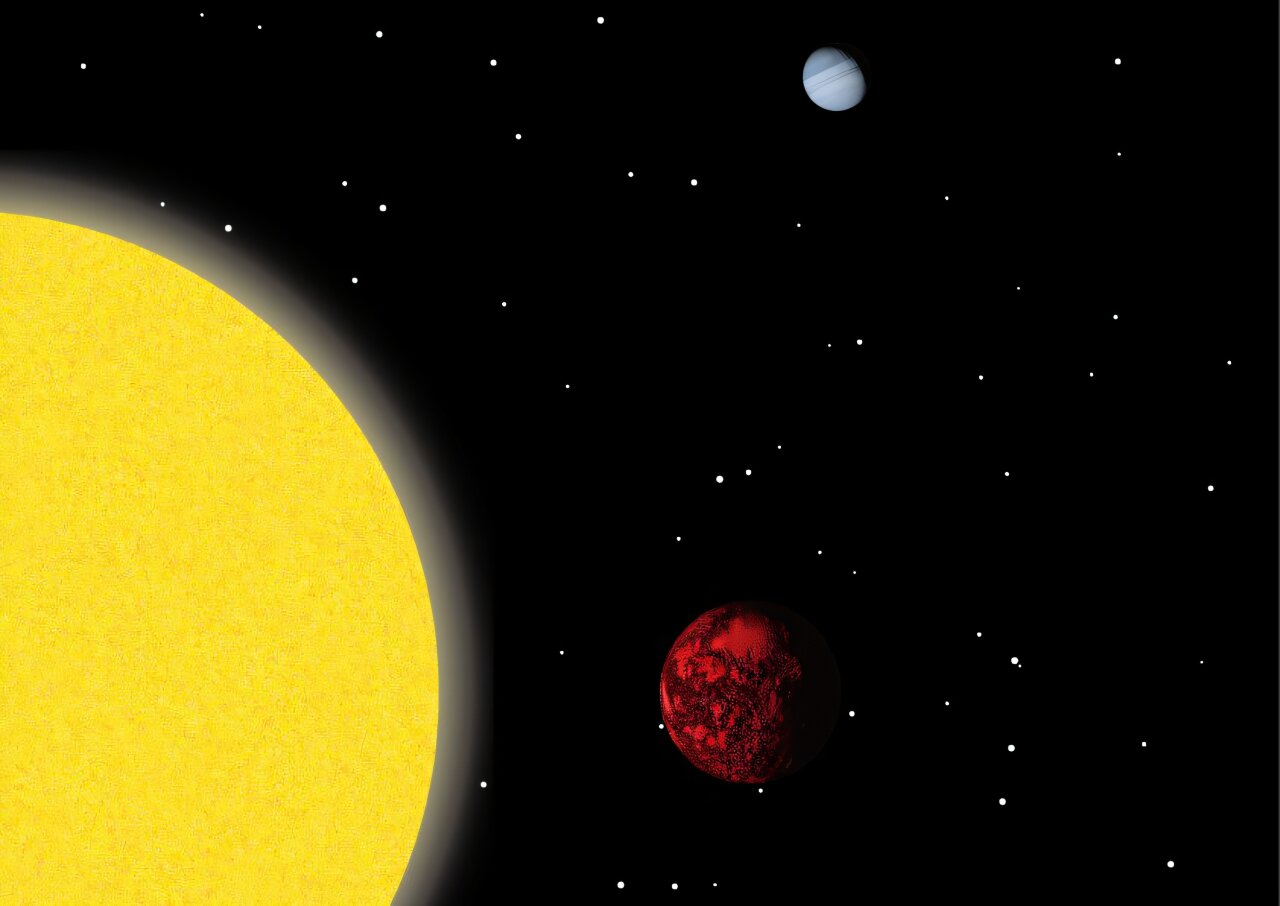
An international team has discovered a new multi-planet system around a sun-like star, including an ultra-short period planet with one of the highest densities ever measured.
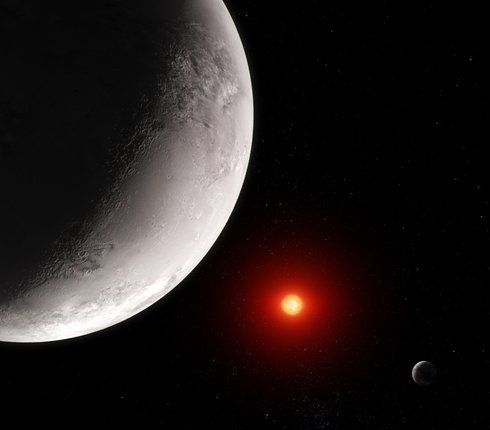
A new NASA-led study suggests that a potential exomoon may be orbiting the exoplanet WASP-49 b, a gas giant located 635 light-years from Earth. The possible exomoon is believed to be rocky and volcanically active, similar to Jupiter's Io.
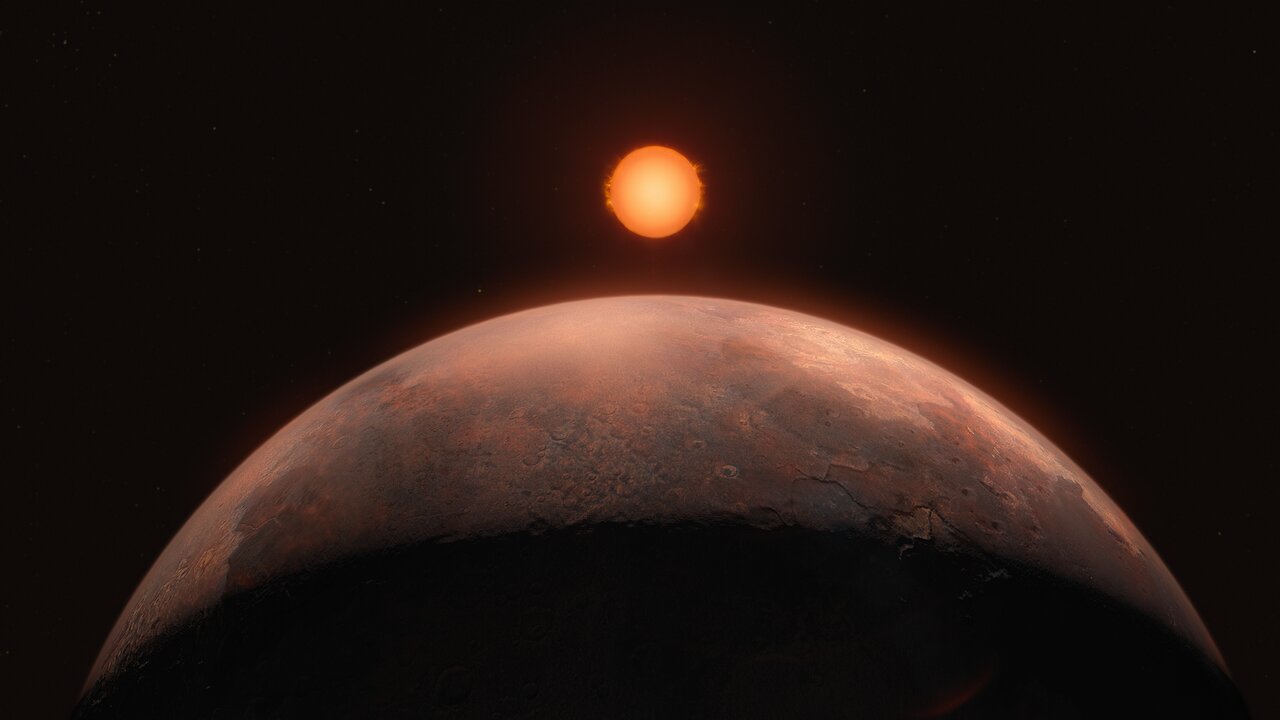
Using the European Southern Observatory's Very Large Telescope, astronomers have discovered an exoplanet orbiting Barnard's star, the closest single star to our Sun.

WASP-76b is tidally locked to its host star, so intense winds encircle the planet. They contain high quantities of iron atoms that stream from the lower to upper layers around the atmosphere.

A team of astronomers working with the James Webb Space Telescope (JWST) has detected six new ‘rogue planets,’ a discovery that could help us learn more about how stars and planets form.

Using JWST, astronomers have discovered a new exoplanet; a gas giant they've named Eps Ind Ab.
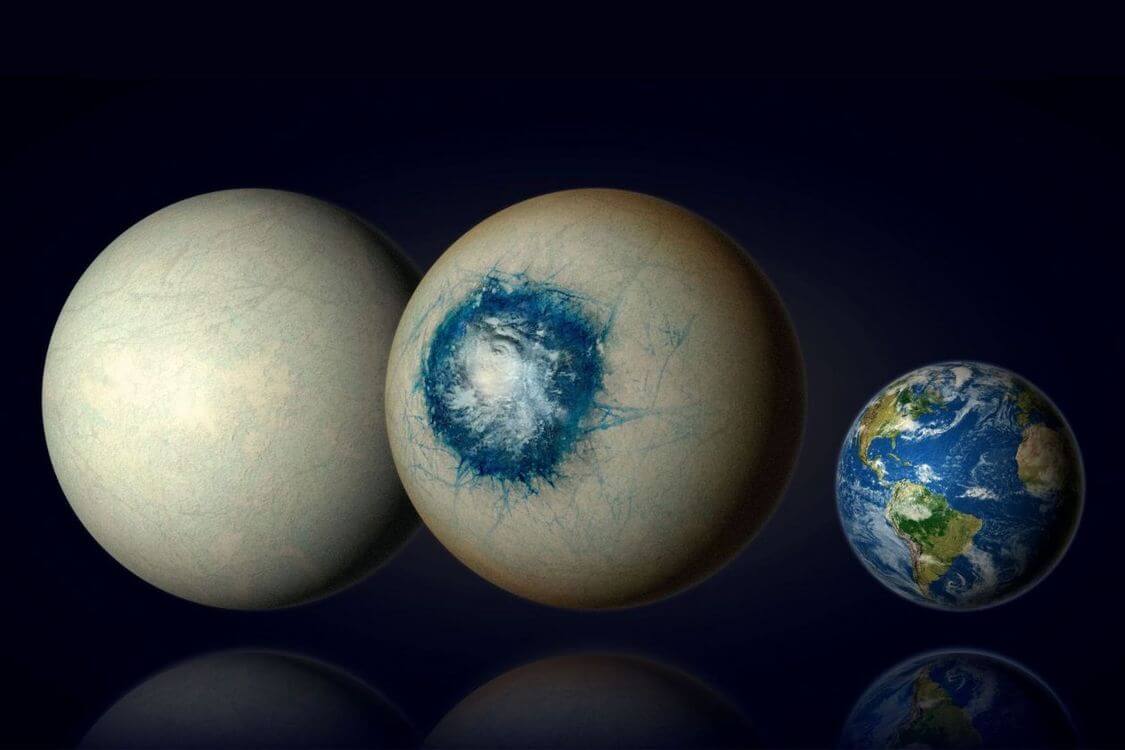
Researchers at the University of Montreal believe a vast ocean on exoplanet LHS 1140 b may be teeming with alien life.
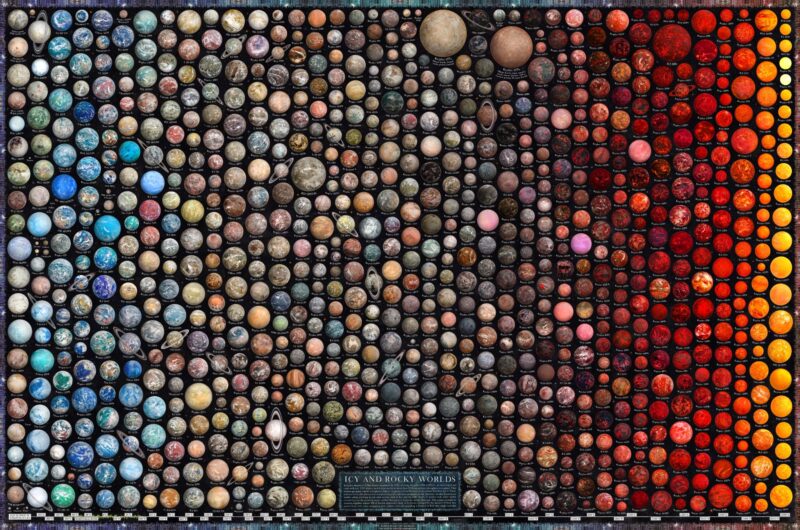
Martin Vargic illustrated more than 1,100 exoplanets based on astronomical discoveries. His art is a attempt to artistically visualize and compare thousands of exoplanets of all types and sizes according to observational data.

A NASA catalog featuring 126 exotic, newly discovered worlds includes detailed measurements that allow for comparisons with our own solar system.
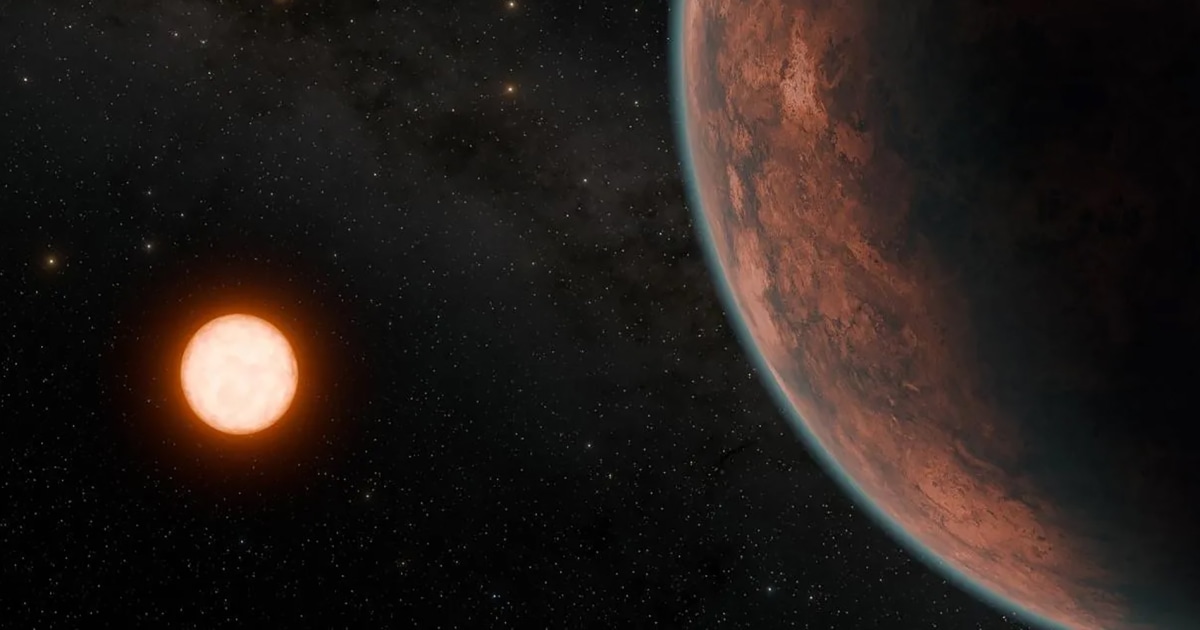
Dubbed Gliese 12 b, the planet takes 12.8 days to orbit a star that is 27% of the sun's size. The planet is about the size of Venus, so slightly smaller than Earth, and may be temperate enough to support life, the researchers said.